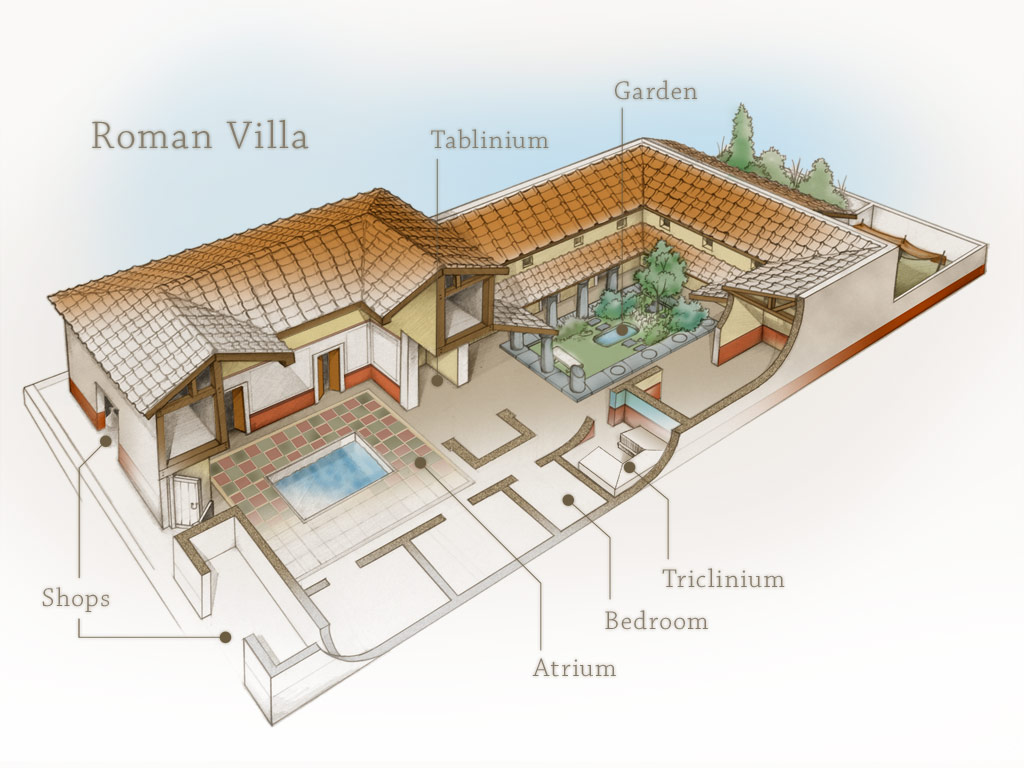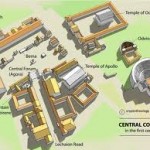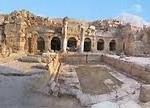Very little was left of Corinth when the Romans leveled in the 2nd century B.C., except the ancient temple of Apollo, seen here…
There were however in Paul’s day shops like the one which can be seen here…
And as the previous post showed, a major theater and an odeon as well to keep the folks entertained. Out in front of the theater was found an inscription stone. This one…
Notice the inscription is in Latin and reads ‘Erastus for the office of aedile, paved this’. An aedile had as part of his duties all sorts of public works, including collecting taxes, which may be how the Erastus of Romans 16, who is called the city treasurer there, met Paul, perhaps in a shop like the one above, and eventually came to be a follower of Christ. Aediles were high status persons, but then Paul was as well being a Roman citizen and being literate as well. Here is a visual image of a Roman villa in Corinth where Erastus might have lived.
Erastus would have come in handy when Paul ran afoul of the law, in this case the procurator Gallio, but Roman law was heavily balanced in favor of Roman citizens like Paul, and the case was thrown out of court. Here is a picture of the bema where Paul will have stood, and on top of which Gallio would have sat in his curule chair to pass judgment.
 The bema was basically down one of the main streets of Corinth on the landward side of the street—
The bema was basically down one of the main streets of Corinth on the landward side of the street—
Corinth was not the Greek city of Agamemnon’s day, but rather a bustling Roman city, and it would appear that Paul set out to take advantage of his extra status in such a Roman colony town, here and in Philippi as well.



















